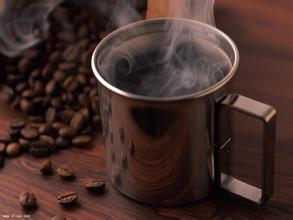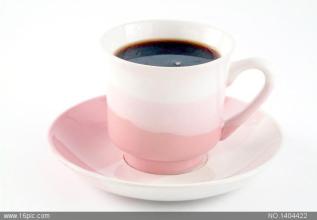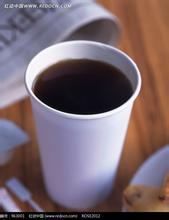Introduction to the more famous Yega Xuefei and Sidamo coffee beans
The beans are small, neat and round. Ethiopian sun beans are generally G3--G5, but the beans are G2, equal to the grade of washed beans. Although there are still a few defective beans, they are commendable compared to the sun beans of Harald and Sidamo.
The 2015 sun Yega snow caffeine has appeared in the G1 grade, surpassing the G1 washing in terms of quality and sales.
The beans are roasted until they are densely baked and brewed by hand and siphon. When grinding the beans, you can smell the sweet aroma of sun fruit, and there is also the citrus and jasmine fragrance that is the signature of Yega snow caffeine. It tastes like the three-in-one flavor of Harald, Yemeni mocha and Yega snow coffee water-washed beans!
There is a strict standard for collecting red fruits (as a result of coffee trees). Before exposure to coffee fruits, unripe green fruits or defective fruits are removed manually, and damaged or moldy fruits are removed during the sun drying process. after two weeks, the sugar and essence of the flesh and essence seep into the coffee beans, the water content is reduced to 12%, and then scrape the hardened pulp, pectin layer and pods with a planer. Take out the coffee beans and test the density and color of the beans. After eliminating the defective beans, the workers finally picked out the defective beans with the naked eye and screened them layer by layer, resulting in the cleanliness and vulgarity of Yega Snow Sun beans. And with a strong charming fruit flavor, the least common coffee beans on the market in Ethiopia are Ilga Chafei coffee beans, which are exported to Japan and Europe, but are rarely seen in the United States. This is because Dallmeyer, a German coffee roaster owned by Nestle, has established close ties with the growers of Ilgachafi coffee, resulting in the largest single supply of coffee beans, Harrar coffee, which grows at the highest altitude of all coffee in Ethiopia. Hara coffee can be divided into long coffee beans and short coffee beans, of which long coffee beans are the most popular. It has a soft taste, with wild flavor of wine, and slightly sour taste, unforgettable after drinking. Djimmah Coffee is wild at an altitude of more than 1200 meters and is sold under two brands: Limu Coffee and Babeka Coffee. Other coffee names include Sidamo from central China, which is sold under the brand name Yirgachaffe, and coffee with a unique flavor from Lekempti. Jima and Cedamo coffee beans are not very attractive in appearance, but they taste good.

Important Notice :
前街咖啡 FrontStreet Coffee has moved to new addredd:
FrontStreet Coffee Address: 315,Donghua East Road,GuangZhou
Tel:020 38364473
- Prev

Introduction of coffee beans in Ethiopia
In the field of boutique coffee, there are also five other small places of coffee, namely Lim, Gemma, Le Campdi, Becca and Limmu, Djimmah, Lekempti, Bebeka and Wolega. The most common is Essesidamo or Harald coffee (Either Sidamo or Harrar coffee). Harald Coffee (HarrarCoffee) is made in Essex.
- Next

Introduction of the characteristics and roasting degree of Rwandan coffee
The characteristics of Rwandan coffee: the taste of Rwandan coffee is described as grass aroma, with tropical climate characteristics, this coffee presents a sweet fruit taste, it also makes people taste refreshing, clear, and fresh. Bourbon coffee grown in Rwanda is amazing for its sweet fruit. It is full-bodied, full-bodied, unrestrained and memorable.
Related
- Does Rose Summer choose Blue, Green or Red? Detailed explanation of Rose Summer Coffee plots and Classification in Panamanian Jade Manor
- What is the difference between the origin, producing area, processing plant, cooperative and manor of coffee beans?
- How fine does the espresso powder fit? how to grind the espresso?
- Sca coffee roasting degree color card coffee roasting degree 8 roasting color values what do you mean?
- The practice of lattes: how to make lattes at home
- Introduction to Indonesian Fine Coffee beans-- Java Coffee producing area of Indonesian Arabica Coffee
- How much will the flavor of light and medium roasted rose summer be expressed? What baking level is rose summer suitable for?
- Introduction to the characteristics of washing, sun-drying or wet-planing coffee commonly used in Mantenin, Indonesia
- Price characteristics of Arabica Coffee Bean Starbucks introduction to Manning Coffee Bean Taste producing area Variety Manor
- What is the authentic Yega flavor? What are the flavor characteristics of the really excellent Yejasuffi coffee beans?

